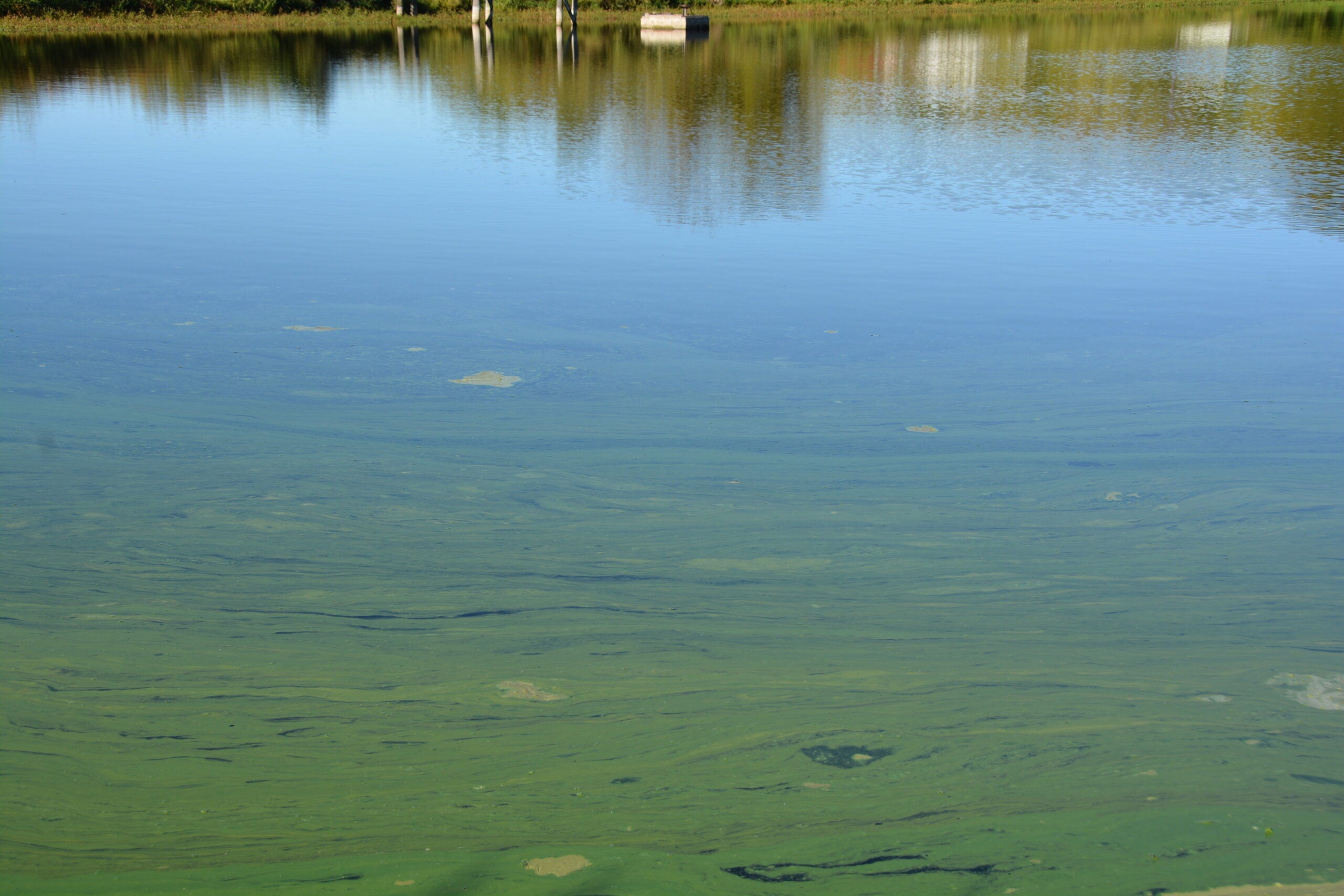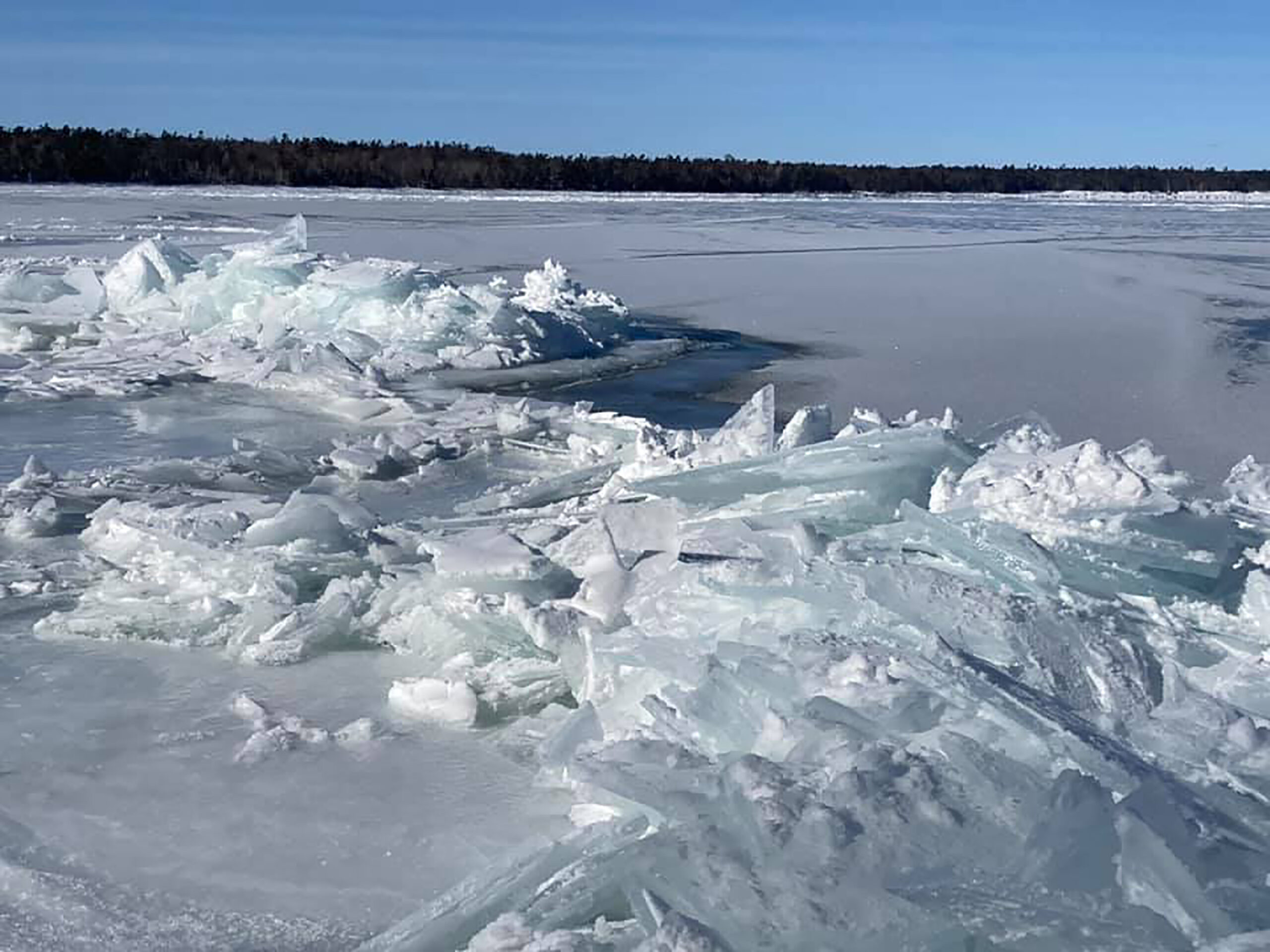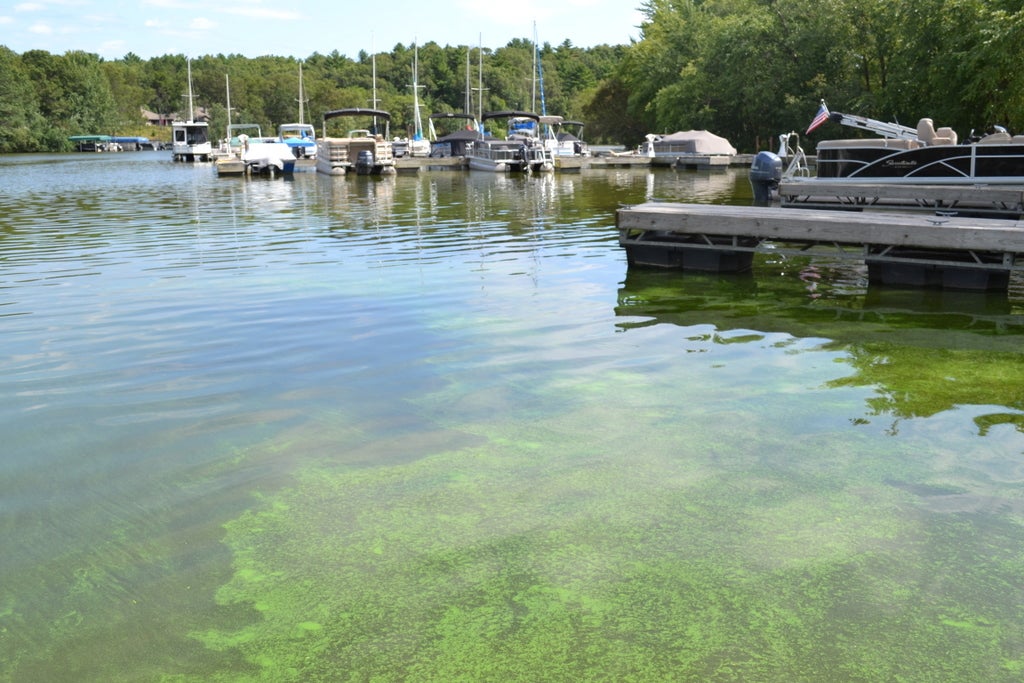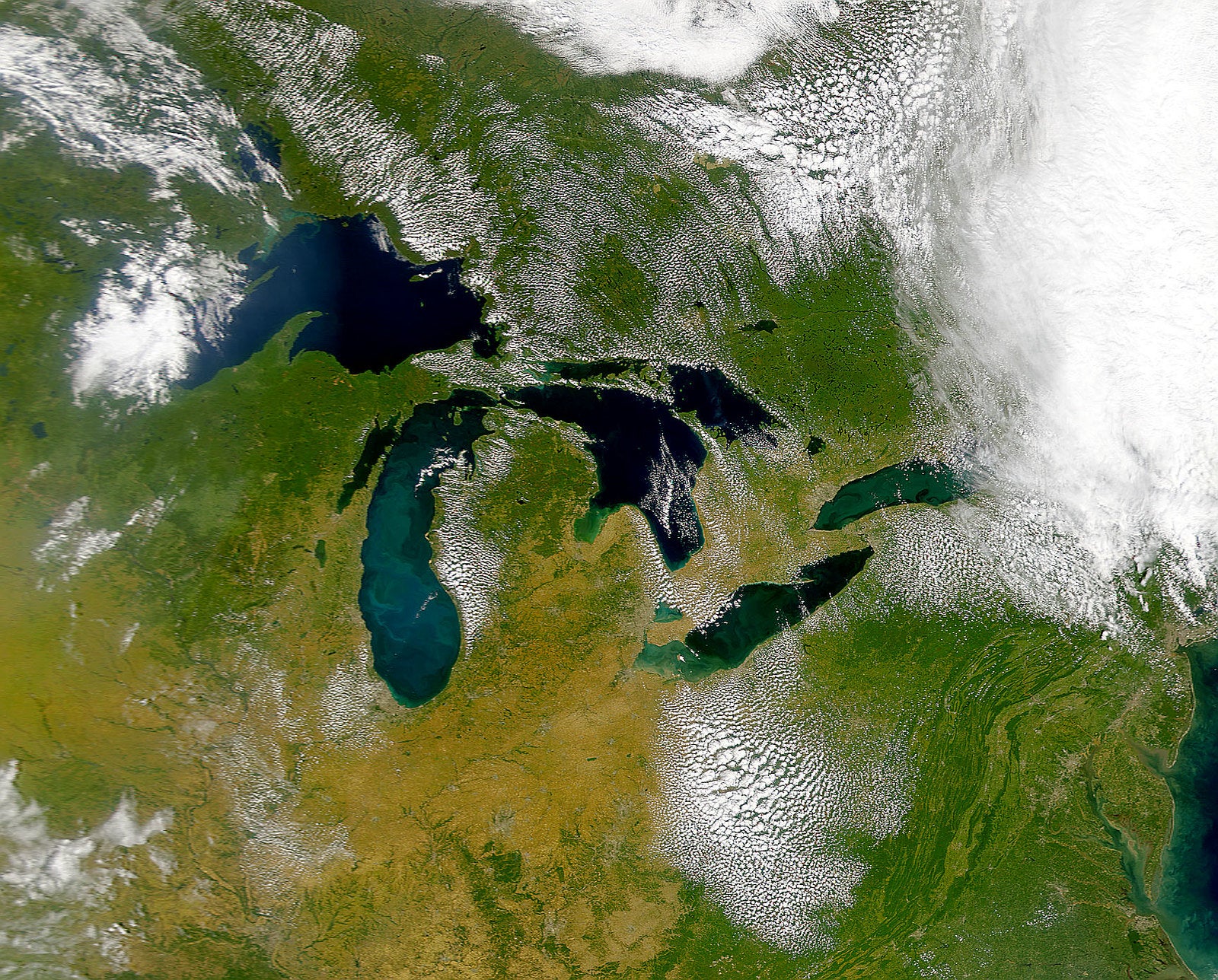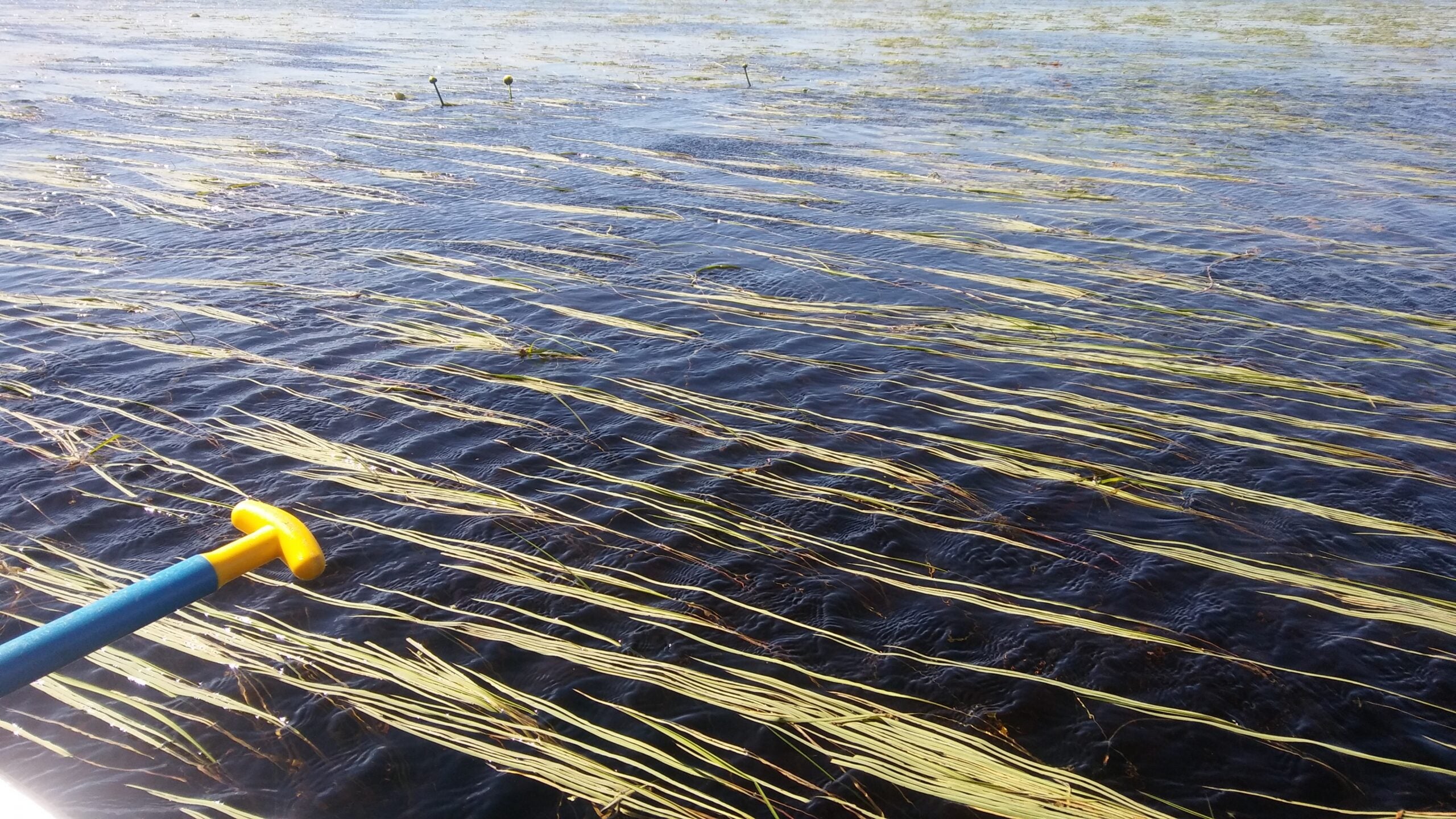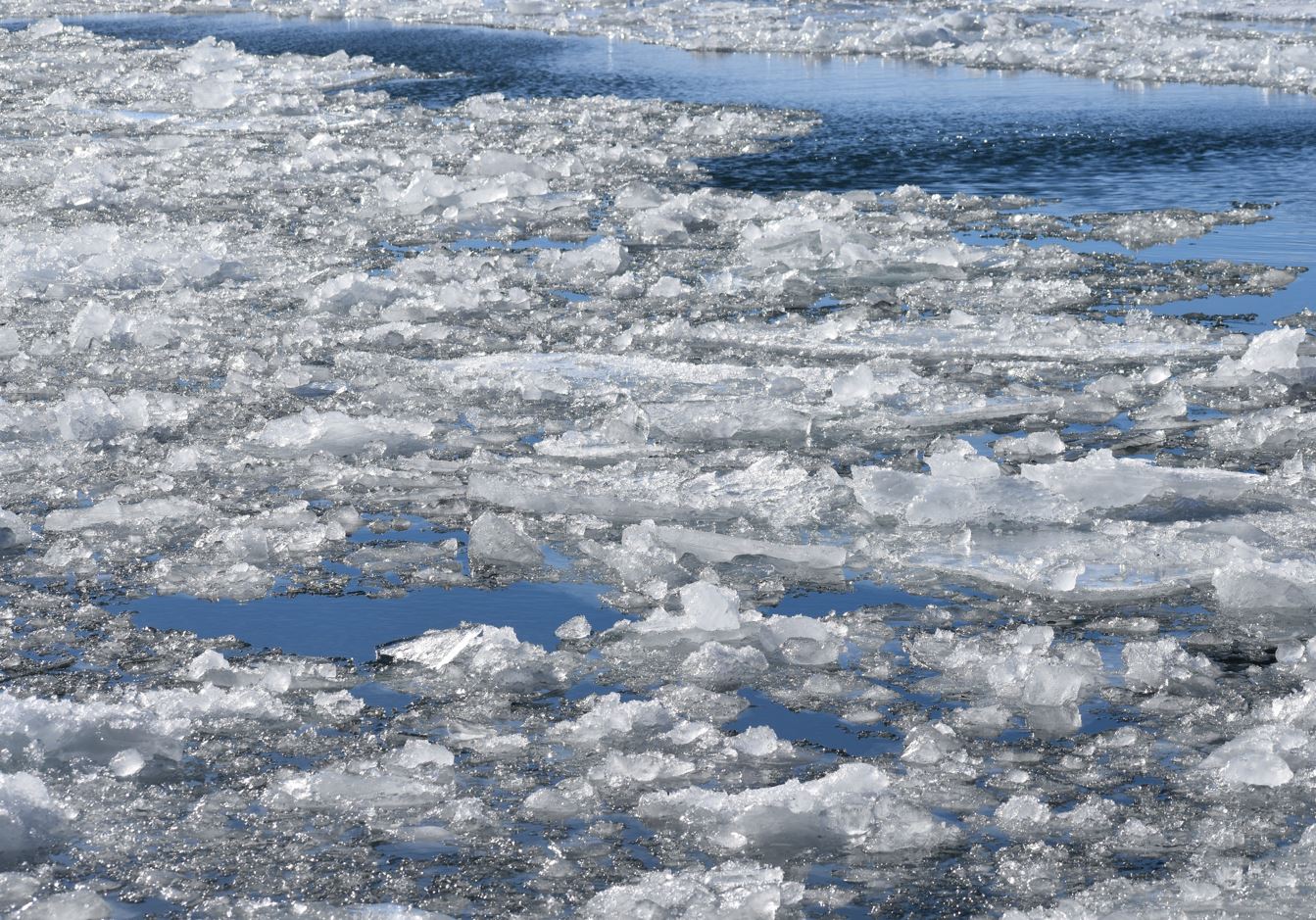Scientists have long known rising temperatures favor growth of potentially harmful algal blooms, but a new study finds increasing evidence that they also form in cold and even ice-covered waters.
An international team of 28 scientists published the findings Friday in the peer-reviewed scientific journal Limnology and Oceanography Letters. Researchers working with the Global Lake Ecological Observatory Network began examining the occurrence of blooms in relatively cold-water conditions in 2021.
Kaitlin Reinl, the study’s lead author, said they examined papers, data, news reports and observations of cold-water blooms. The study identified 37 cold-water cyanobacterial blooms. Cyanobacteria, often referred to as blue-green algae, has the ability to produce toxins that can make people or their pets sick.
News with a little more humanity
WPR’s “Wisconsin Today” newsletter keeps you connected to the state you love without feeling overwhelmed. No paywall. No agenda. No corporate filter.
“We’ve often been told the recipe for a bloom is that you need high temperatures and a lot of nutrients. In a lot of cases, that is certainly true,” said Reinl, a research coordinator at the Lake Superior National Estuarine Research Reserve. “But, there are blooms that do occur in low nutrient conditions. There are blooms that occur in low temperature conditions.”
Scientists observed cold-water blooms mostly in the United States and Europe, including Siskiwit Lake, Lake Mendota and Devil’s Lake in Wisconsin. The study defined cold-water blooms as any cyanobacterial bloom observed when the water temperature fell below 15 degrees Celsius or 59 degrees Fahrenheit. That’s far below temperatures that are considered ideal for blooms to form.
The team observed 19 cold-water blooms in ice-covered conditions. They also found an additional 53 cyanobacterial blooms that occurred from November through April using the Bloomwatch app and the U.S. Environmental Protection Agency’s Cyanoscope program.
While warmer temperatures often drive blooms, they’re not the only factor that sets the stage for them to form. With cold-water blooms, Reinl said, physiological traits of cyanobacteria play a major role, along with nutrients and other physical processes.
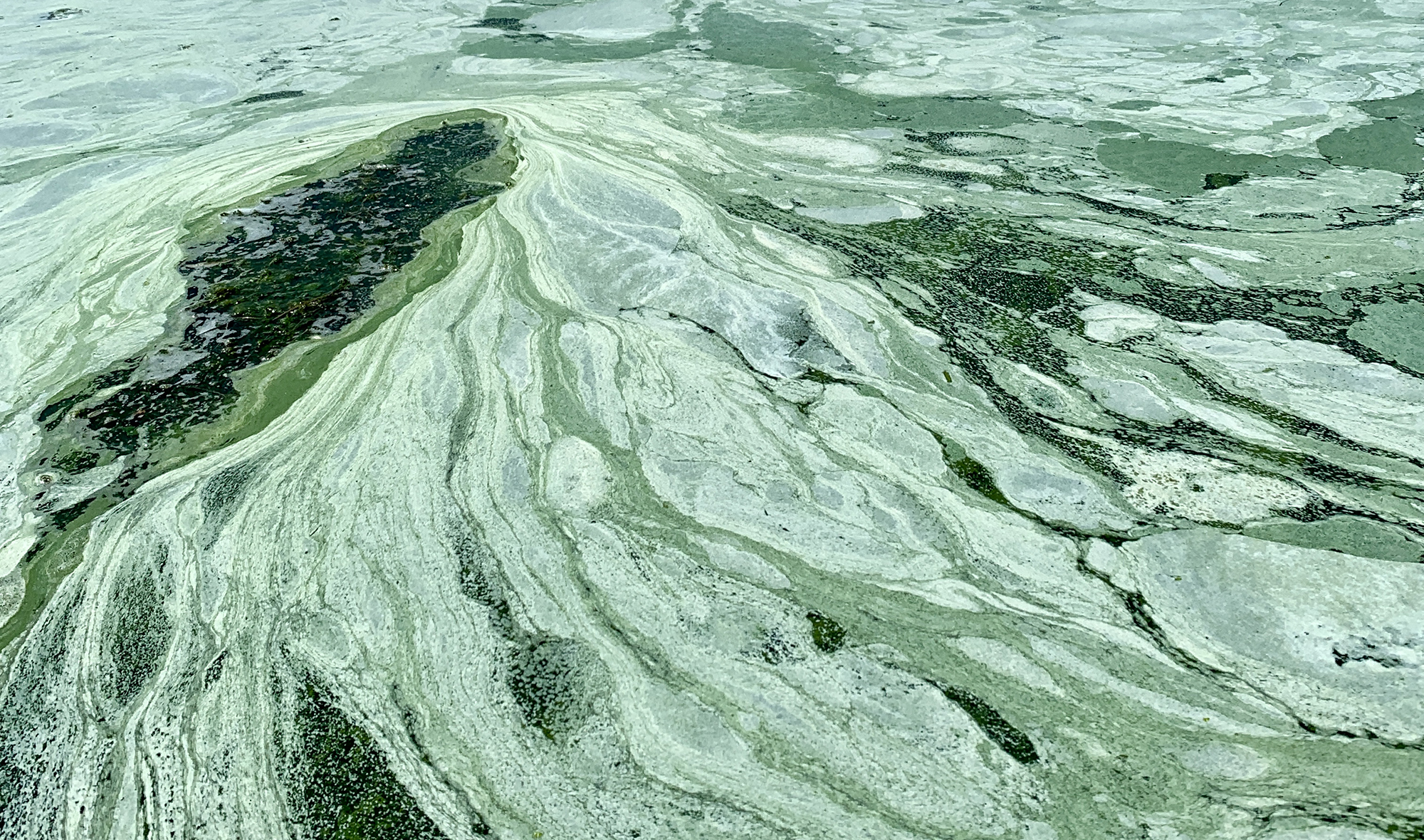
Cyanobacteria have been around for billions of years, adapting over time to develop traits that allow them to thrive in a wide range of environments. Reinl said the microscopic organisms can adapt and change to their surrounding conditions much like humans begin to sweat when it’s hot in order to cool down.
“When it’s hot, we sweat. Cyanobacteria, obviously, are a very different type of organism, but they have similar biological processes that allow them to adjust to the environment that they are situated in,” Reinl said.
If temperatures aren’t ideal for growth, Reinl said that doesn’t mean cyanobacteria aren’t growing.
“You can have low temperatures with slower growth over a longer period of time,” Reinl said. “Given enough time, a bloom can still appear.”
Based on their observations, the team of scientists believe there are three types of cold-water blooms. They include blooms that form and persist in cold-water temperatures or those that form in warmer waters and stick around as temperatures turn cold.
Blooms may also emerge from deep, cool waters due to turnover or mixing of the water when seasons change or during intense storms. Such blooms could be a concern for public health depending on the location of drinking water intakes within lakes.
“It’s really kind of a case-by-case basis that has to be evaluated,” Reinl said. “But, I think drinking water managers and folks that are involved with serving those needs are aware of this and are good about doing their due diligence and working with local scientists and resource managers to make sure they’re not withdrawing water that could be potentially harmful.”
As climate change drives temperatures higher, the study notes more lakes are seeing a decline in ice cover during the winter. That may allow more light to penetrate through the water’s surface, setting the stage for cyanobacteria to grow.
On the other hand, global warming is affecting the type of storms lakes encounter. Rainfall in the winter could create white-ice conditions on snow-covered lakes.
“In some cases, we’ll have ice where you have the ice quality changing from clear ice to a more white ice where light penetration is significantly reduced,” Reinl said. “So that could have a negative impact on cyanobacteria.”
Ultimately, the study’s researchers say the frequency and effects of cold-water blooms remain largely unstudied. The team of scientists recommended an expansion of monitoring efforts year-round similar to a project last year, during which researchers collected a “winter grab” of data on the Great Lakes.
“We need to make sure that we’re not putting our blinders on,” Reinl said, “We need to understand the full scope of bloom ecology, so that we can better understand how they occur and better steward our water bodies now and going into the future.”
Wisconsin Public Radio, © Copyright 2025, Board of Regents of the University of Wisconsin System and Wisconsin Educational Communications Board.

